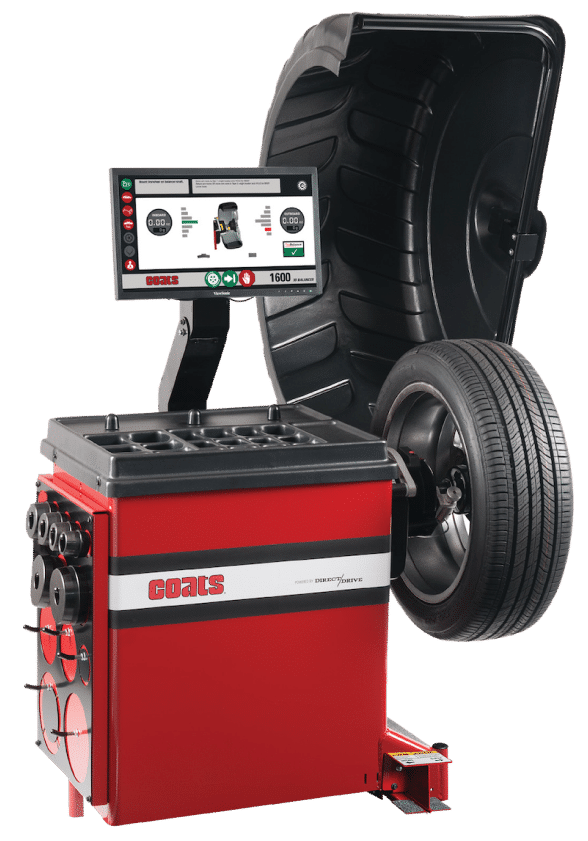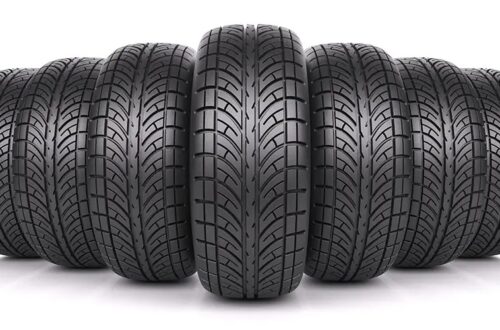Proper wheel balancing is crucial for vehicle performance, safety, and longevity. A well-balanced wheel ensures smooth driving, reduces wear on tires, and prevents potential damage to other vehicle parts. At the core of this balancing process is the wheel balancer, an essential piece of equipment in any tire service center. In this guide, we will explore the parts of a wheel balancer, explain their functions, and emphasize why understanding them is essential for optimal operation.
Introduction to Wheel Balancer Systems
A Wheel Balancer is a device designed to detect any imbalance in a tire or wheel assembly. It determines where additional weight should be placed to evenly distribute the tire’s weight, ensuring that it rotates smoothly. Imbalances can cause vibrations, uneven tire wear, and even mechanical failures over time. To maintain precise balancing, the equipment relies on several key parts.
The Control Panel
The control panel is the command center of the wheel balancer. It allows the operator to input specific details about the tire, such as its diameter, width, and offset. Modern wheel balancers often come equipped with digital displays that provide detailed readings and allow technicians to make real-time adjustments. The control panel also features buttons or touchpads that activate the machine’s various balancing programs. Without a functioning control panel, the entire process becomes guesswork, making it one of the most critical wheel balancer parts. Look for control panels that provide intuitive interfaces for quick navigation and efficient balancing tasks.
Balancer Shaft
The balancer shaft is a spindle where the wheel assembly is mounted during the balancing process. This part is crucial because it directly connects the wheel to the machine, allowing it to rotate and enabling the balancer to measure any imbalance. Precision is key when it comes to the balancer shaft, as any misalignment or wear on this component can result in inaccurate readings and poor balancing results. Regular maintenance and calibration of the balancer shaft ensure accurate performance and optimal safety for all vehicles.
Cones and Collets
Cones and collets are used to center the wheel on the balancer shaft. They come in various sizes to accommodate different types of wheels. A properly centered wheel is essential for accurate balancing. If the wheel is off-center, the measurements will be incorrect, leading to improper balancing. It’s crucial to choose the right cone for the size and ensure that it is properly seated on the shaft. Many modern balancers come with self-centering cones that improve accuracy and reduce the chances of human error.
Clamping Mechanism
The clamping mechanism is responsible for holding the wheel securely in place while the machine performs its measurements. There are various types of clamping mechanisms, including manual and pneumatic options. A secure and reliable clamping system ensures that the wheel stays firmly in position, preventing any movement during the balancing process. An unstable clamping system can result in poor balancing performance, which could compromise vehicle safety.
Laser Positioning System
Advanced balancers are equipped with a laser positioning system that helps technicians identify the exact location for placing wheel weights. This system increases the accuracy of the balancing process, reducing the chances of human error. It also helps improve efficiency by speeding up the process, especially when dealing with high volumes of tires. The laser positioning system is particularly useful for high-performance vehicles where precision is paramount. It eliminates guesswork and ensures that the weights are placed in the exact position.
Wheel Weight Pliers
While wheel weight pliers may seem like a simple tool, they are essential for the wheel balancing process. These specialized pliers are used to attach and remove wheel weights. They feature a variety of functions, including cutting, crimping, and hammering wheel weights into place. It’s important to use high-quality pliers designed for this specific task to ensure the longevity of the balance job.
Sensors and Measuring Units
The sensors and measuring units in a wheel balancer are responsible for detecting any imbalance in the wheel. Modern balancers use highly accurate sensors that can detect even the smallest imbalances, ensuring that the wheel is perfectly balanced. The accuracy of the sensors is critical for providing precise measurements, especially for high-speed vehicles where even minor imbalances can lead to significant problems.
Calibration Tools
Just like any other precision equipment, a wheel balancer requires regular calibration to ensure it provides accurate readings. Proper calibration reduces the chances of inaccurate balancing, which can lead to customer dissatisfaction and even potential liability issues.
Wheel Weights
Though not a part of the machine itself, wheel weights are integral to the wheel balancing process. Once the balancer identifies where the imbalance is located, the technician attaches these small, often metal, weights to specific points on the wheel.
There are two primary types of wheel weights: clip-on weights and adhesive weights. The choice of the two depends on the type of wheels is balanced. High-performance or luxury wheels often require adhesive weights because they are less likely to damage the rim.
Balancer Software
Many modern wheel balancers come equipped with sophisticated software that automates much of the balancing process. The software can store data, provide detailed reports, and even recommend specific wheel weights based on the wheel’s size and specifications. Advanced balancer software not only improves the accuracy of the balancing process but also enhances efficiency, allowing technicians to complete the job faster without sacrificing quality.
Maintenance of Wheel Balancer Parts
Maintaining your wheel balancer is essential to prolong its life and ensure accurate performance. Regular cleaning of cones, shafts, and sensors helps prevent dirt buildup, which can interfere with the machine’s accuracy. Additionally, periodic calibration and software updates ensure that the machine continues to provide precise measurements. Operators should also inspect the clamping mechanism and balancer shaft for any signs of wear or damage. Replacing worn-out parts promptly can save time and money in the long run by preventing the machine from producing inaccurate results.
Conclusion
It’s crucial to understand the parts of a wheel balancer, especially for those in vehicle maintenance and repair. Each component, including those in Coats equipment, plays a vital role in ensuring accurate wheel balancing, leading to a smoother, safer ride for the driver.Regular maintenance and proper use of the equipment, particularly Coats equipment, are necessary to get the most out of your wheel balancer.
Here you can see more articles.





